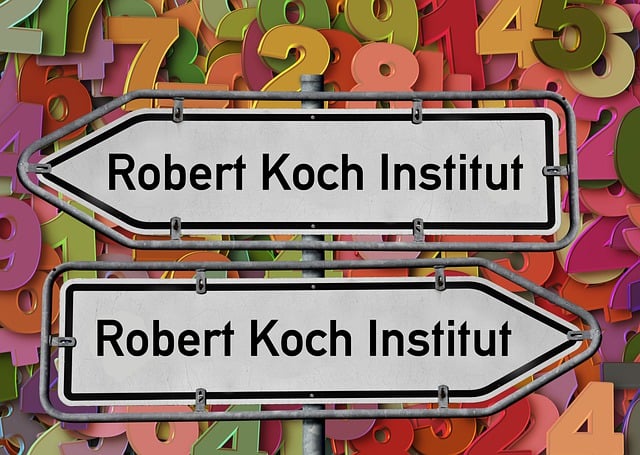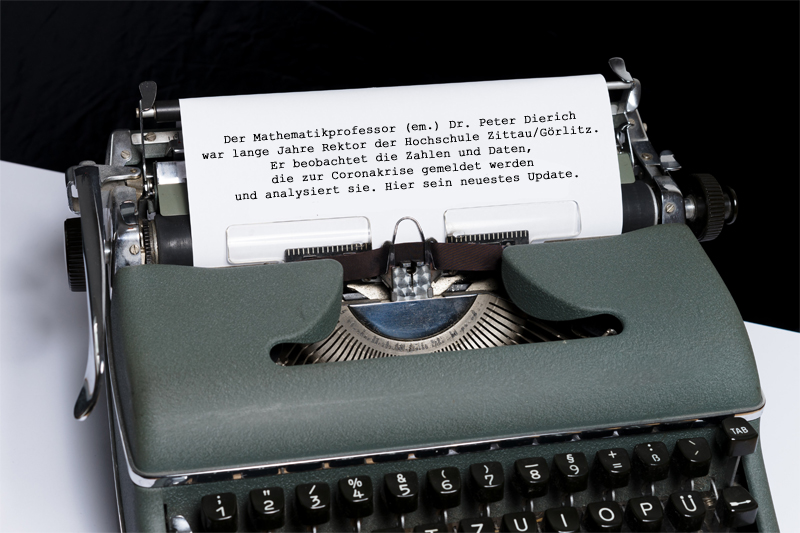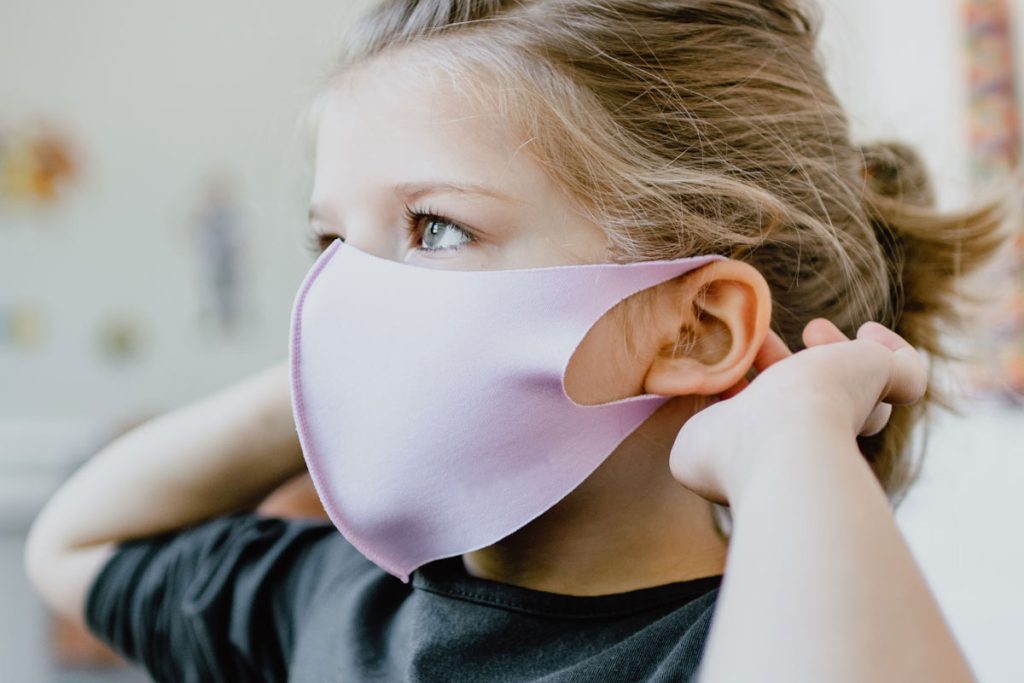Relativer Schutz versus absoluter Schutz. Was passiert, wenn der der daran verdient die Wirksamkeit bewirbt? The Lancet deckt auf:
- Pfizer/Biontech – beworbener Schutz: 95,03%, tatsächlicher Schutz: 0,84%
- Moderna – beworbener Schutz: 94,08%, tatsächlicher Schutz: 1,24%
- Janssen – beworbener Schutz:, 66,62, tatsächlicher Schutz: 1,19%
- AstraZeneca – beworbener Schutz: 66,84%, tatsächlicher Schutz: 1,28%
Auf dem zweiten Blick wird schnell aus einem Elefant eine Mücke. Jetzt selbst nachlesen. Link zur Lancet Studie:
https://www.thelancet.com/journals/lanmic/article/PIIS2666-5247(21)00069-0/fulltext



